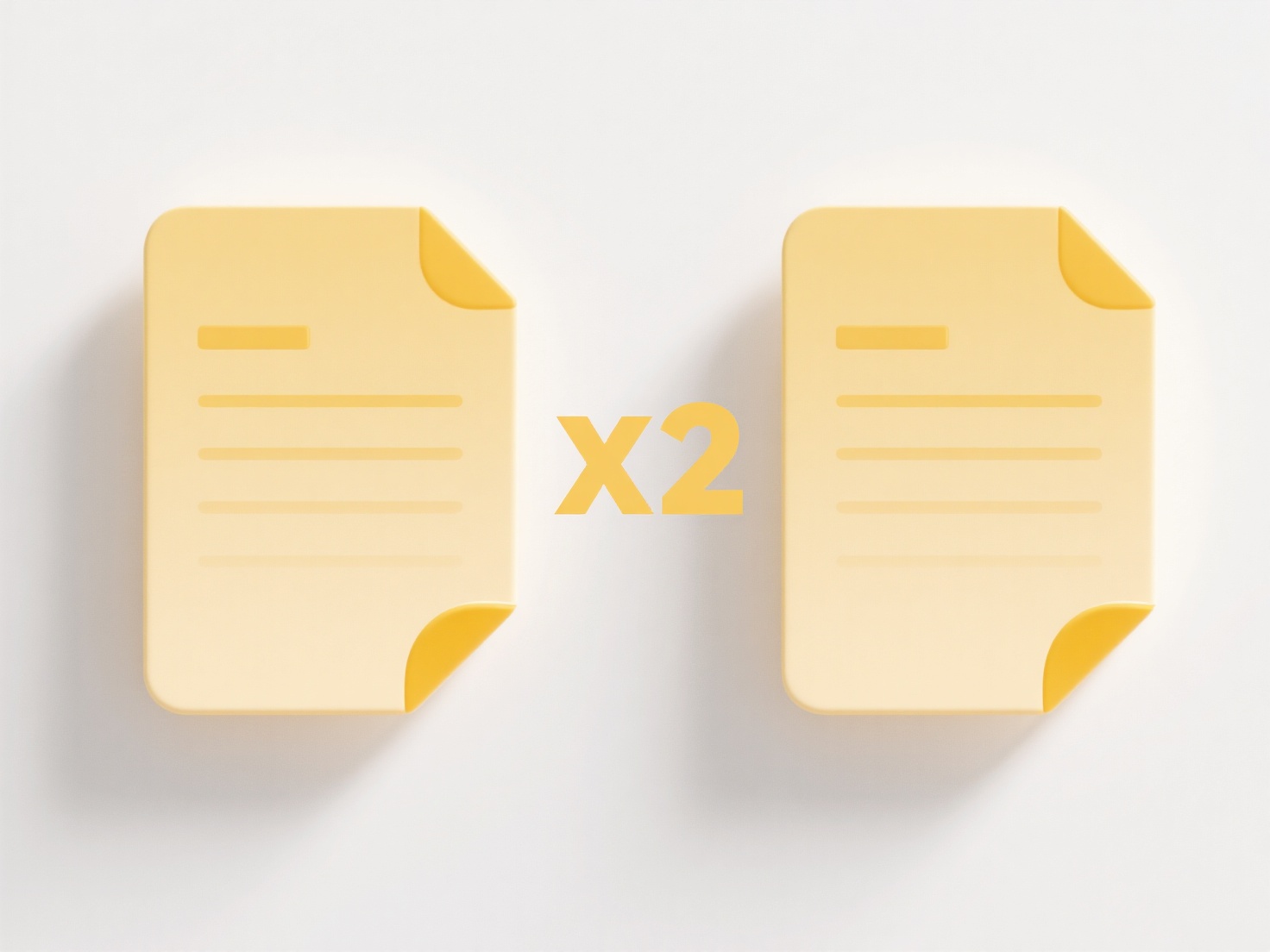
Organizing exported files automatically refers to using rules or software to sort files into specific folders based on predefined criteria like file type, name, date, or content, without requiring manual effort each time an export occurs. This differs from manual sorting by saving significant time and reducing errors inherent in repetitive human tasks. The core mechanism involves setting up automation workflows that intercept exported files and direct them to designated locations based on those rules.
Common applications include automatically moving downloaded invoices into client-specific folders for accounting purposes using tools like cloud storage sync services (e.g., Dropbox, Google Drive File Stream) or dedicated automation software (Zapier, Integromat). Digital creators often use scripts within creative software (Adobe Lightroom, Final Cut Pro) to sort exported images or video clips into project-specific folders upon export, streamlining post-production workflows in media and design industries.

The primary advantage is vastly improved efficiency and consistency in file management. However, limitations include the initial setup complexity and potential inflexibility if rules are poorly defined, which can lead to misfiled data. Ethical concerns focus on ensuring robust systems to prevent accidental overwriting or loss of critical exported files. Future developments involving AI could enable smarter, content-aware sorting based on deeper file analysis, further accelerating automation adoption in data-heavy fields.
How do I organize exported files automatically?
Organizing exported files automatically refers to using rules or software to sort files into specific folders based on predefined criteria like file type, name, date, or content, without requiring manual effort each time an export occurs. This differs from manual sorting by saving significant time and reducing errors inherent in repetitive human tasks. The core mechanism involves setting up automation workflows that intercept exported files and direct them to designated locations based on those rules.
Common applications include automatically moving downloaded invoices into client-specific folders for accounting purposes using tools like cloud storage sync services (e.g., Dropbox, Google Drive File Stream) or dedicated automation software (Zapier, Integromat). Digital creators often use scripts within creative software (Adobe Lightroom, Final Cut Pro) to sort exported images or video clips into project-specific folders upon export, streamlining post-production workflows in media and design industries.

The primary advantage is vastly improved efficiency and consistency in file management. However, limitations include the initial setup complexity and potential inflexibility if rules are poorly defined, which can lead to misfiled data. Ethical concerns focus on ensuring robust systems to prevent accidental overwriting or loss of critical exported files. Future developments involving AI could enable smarter, content-aware sorting based on deeper file analysis, further accelerating automation adoption in data-heavy fields.
Quick Article Links
Can collaboration tools like Notion or Slack create duplicate files?
Collaboration tools like Notion and Slack can indeed lead to duplicate files. Slack primarily functions as a communicati...
How do I grant permission to another user?
Granting permissions means providing another user controlled access to your resources, such as files, folders, databases...
What’s a good way to name scanned documents for later search?
What’s a good way to name scanned documents for later search? A practical approach involves incorporating key identifi...